Affiliate links on Android Authority may earn us a commission. Learn more.
Android's fallen rivals revisited: Windows 10 Mobile
Published onMay 1, 2022
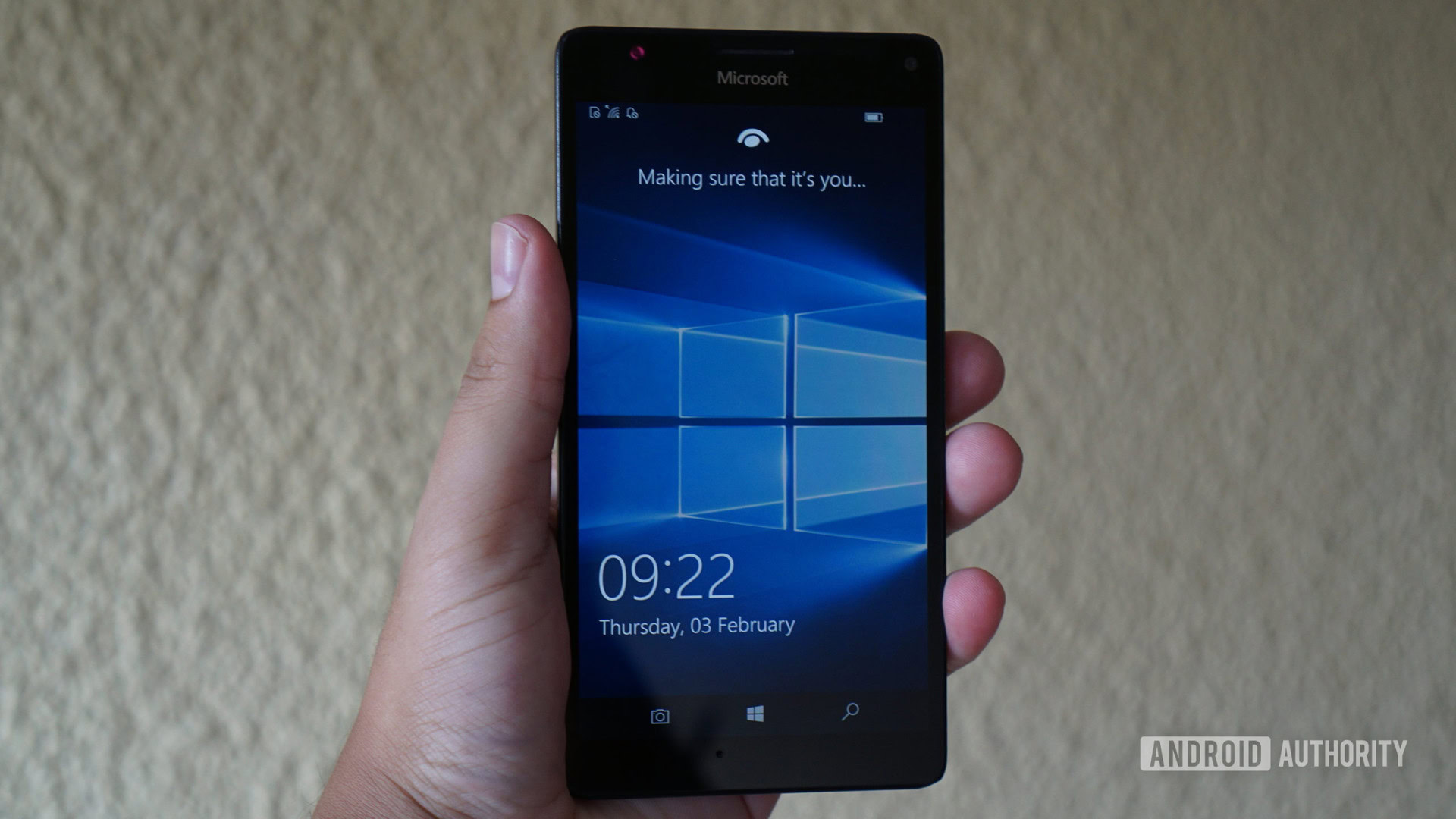
Android has had many rivals over the past decade and more since its inception, but only iOS has presented a major alternative to Google’s platform (arriving before Android in the first place). One of the most prominent rivals in the 2010s was Microsoft’s Windows Phone platform, which eventually evolved into Windows 10 Mobile.
It goes without saying that Microsoft’s platform eventually fell by the wayside. It was finally abandoned in 2019. But that doesn’t mean that the failed OS didn’t leave an impression on the industry. So what is there to know about it? What was it like at the time and in 2022? Did it do anything better or worse than Android today? We’ll answer all this and more in this, our Windows 10 Mobile retrospective.
Microsoft’s earlier efforts
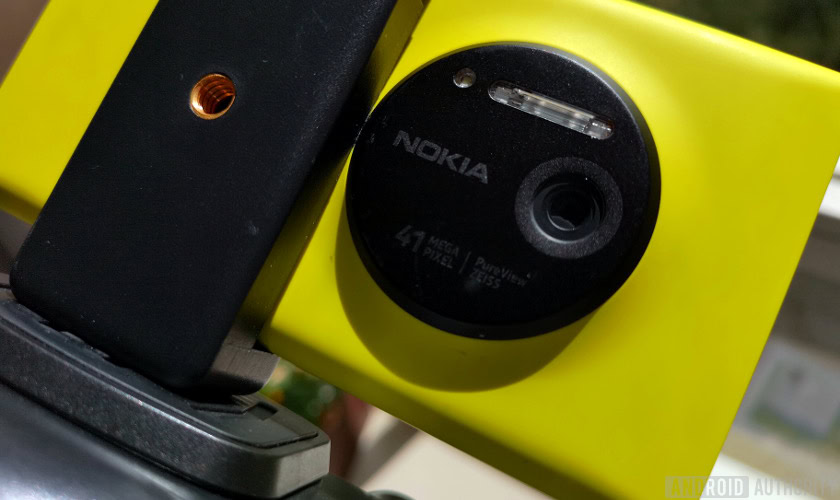
Microsoft was no stranger to PDAs and smartphones when it launched Windows Phone 7 in 2010. The company previously produced the Pocket PC platform in the early 2000s and various iterations of Windows Mobile in the mid to late 2000s. However, Windows Mobile wasn’t designed with touch input in mind, as the company took cues from its desktop operating systems and keyboard-toting phones instead. A reboot was needed, and Windows Phone 7 was the result.
More Microsoft coverage: The best Surface laptops and tablets worth buying
2010’s Windows Phone 7 was a new beginning for Microsoft, offering a touch-focused environment with a tile-based UI, departing from earlier ideas that relied on physical inputs. This new interface also integrated the constantly updating live tile UI (serving as an alternative to widgets) and a card-based multitasking screen, as well as a pivoting interface instead of hamburger menu buttons.
Windows Phone 7 and 8 introduced Microsoft users to a touch interface, FHD displays, and notification shade features we now take for granted
Microsoft followed up with Windows Phone 8 in late 2012, which introduced plenty of basic features that were missing the first time around. Newly supported features in Windows Phone 8 included dual-core chipsets, Bluetooth file sharing, microSD cards, HD screens (with FHD support coming a year later), a driving mode, and a data tracker.
Unfortunately, Windows Phone 8 was not compatible with Windows Phone 7 devices. Customers who bought a Windows Phone 7 device months or even days earlier (in the case of the Lumia 900 in the US) couldn’t update to the new software. Microsoft rolled out a Windows Phone 7.8 update for these users, but that didn’t include all the latest and greatest features.
The firm would follow up with Windows Phone 8.1 in 2014, which included some features we wouldn’t consider out of place on a modern handset. New features included the Cortana voice assistant, Universal Windows Platform (UWP) apps support to converge with Windows 8.1 for PCs, a battery saver mode, a storage management app, a cool Wi-Fi Sense feature (letting you share your Wi-Fi password with friends without actually giving them the password), and an Android-style notification shade.
Microsoft's mobile efforts gave birth to Universal Windows Platform apps, which still exist today.
The most prominent Windows Phone 7 and Windows Phone 8 handsets came from Nokia and Microsoft. These included the Lumia 800, Lumia Icon/930, Lumia 1020, Lumia 1520, Lumia 520, and Lumia 830. We also saw several prominent third-party phones such as the Samsung Focus, Samsung Ativ S, HTCOne M8 Windows Edition, HUAWEI Ascend W1, and Dell Venue Pro.
This would also turn out to be the most successful period for Microsoft’s touch-focused platform, gaining a distant third place for global market share. In fact, Windows Phone sales even managed to pass iPhone sales in Italy for Q3 2013, taking second place in the market during this time behind Android.
Microsoft squandered much of this momentum, canceling its Lumia McLaren flagship (meaning no flagship for the second half of 2014) and failing to adequately capitalize on the popular budget Lumia 520, which achieved over 12 million activations. The company had an uphill battle on its hands before Windows 10 Mobile was even out of the door.
Microsoft’s final mobile OS
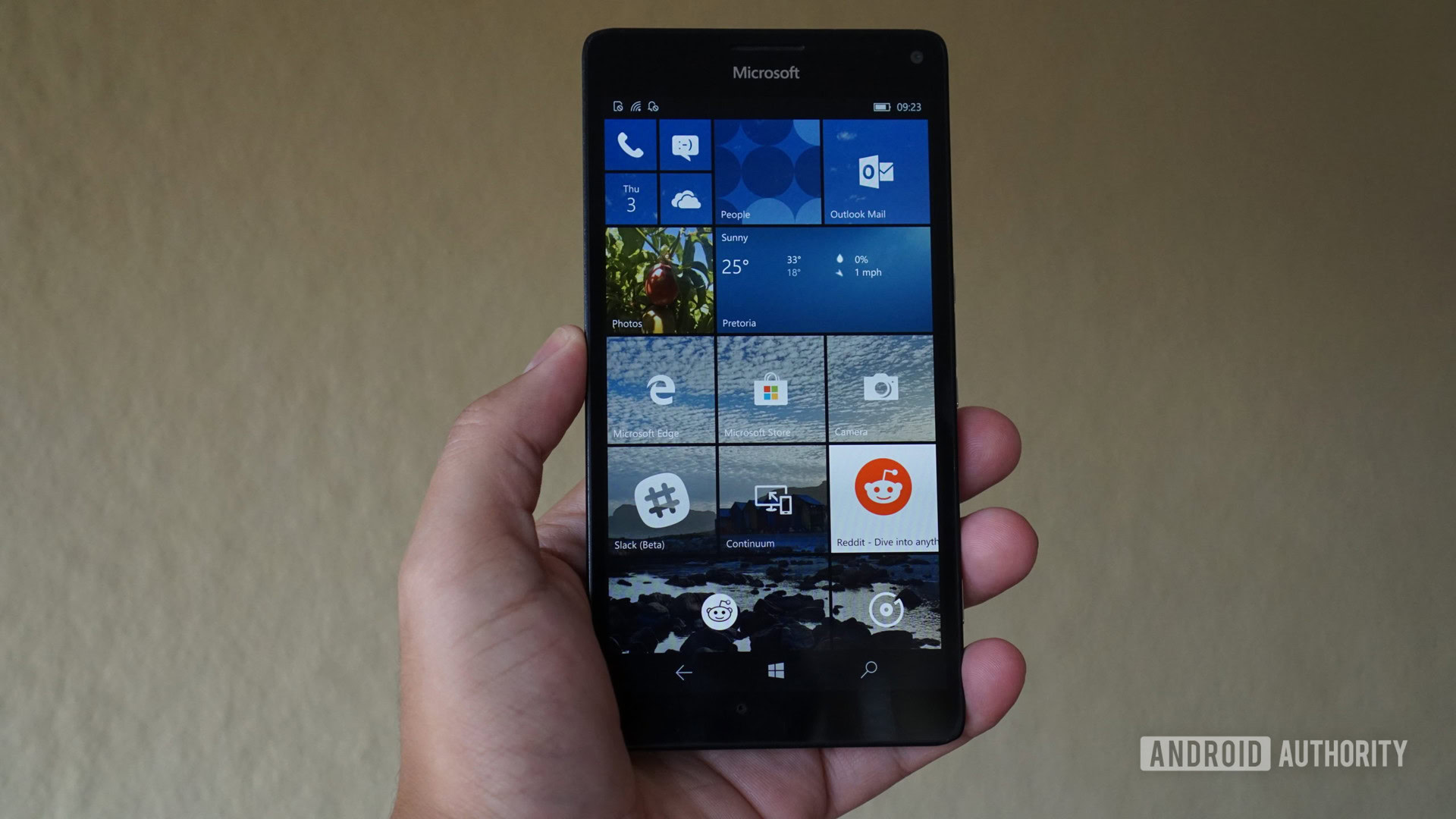
Microsoft introduced Windows 10 Mobile in early 2015 as part of a public beta before launching the first phones with the software in November 2015. This release saw Microsoft’s mobile software draw even closer to its desktop counterpart.
Windows 10 Mobile’s shared Windows 10 DNA extended to the UWP apps concept (allowing a developer to make one Microsoft Store app that works on both platforms), the Continuum mode (giving you a Windows-style desktop when connected to a display), and notification syncing across mobile and desktop. In hindsight, this was a rather smart idea that Samsung Dex and others have attempted to emulate in more recent times.
More Microsoft coverage: Did you know there’s a crazy conspiracy about the Nokia/Microsoft deal?
Other notable features include integrated Skype support, a “nub” in the virtual keyboard for moving the text cursor around, a Microsoft Wallet app, and Microsoft Edge as the new mobile browser.
Microsoft had a long history in the smartphone space, but Windows 10 Mobile would be its last operating system in this segment.
Unlike previous Windows Phone iterations, Windows 10 Mobile didn’t see much support from device manufacturers. Aside from Microsoft itself, we also saw Alcatel, Acer, and HP launch products. This was a far cry from previous versions when ZTE, Samsung, LG, HTC, HUAWEI, and Dell all offered phones.
Part of the problem was that Microsoft charged OEMs a license fee to use Windows 10 Mobile and Windows Phone. Meanwhile, Google offered Android for free to OEMs, making money off advertising and a slice of digital sales (e.g. Play Store apps, subscriptions). That said, Windows 10 Mobile powered a few notable flagships, including the Microsoft Lumia 950, Lumia 950 XL, and the HP Elite X3.
Where it worked well
It may look a little cluttered by modern standards, but Microsoft’s Windows 10 Mobile was a pretty fresh if slightly simplistic take on the mobile operating system interface. The live tile UI has been emulated by Android launchers since, but the Redmond company’s take included several extra customization options, including wallpaper backgrounds and different accent colors.
Microsoft also tried to keep up with its rival platforms by refining the notification shade and quick toggles settings it introduced with Windows Phone 8.1. The firm embraced other generic design trends, such as the hamburger menu, much to the dismay of die-hard fans, but there was no mistaking that this was a unique platform.
Windows 10 Mobile's strengths were a refreshing UI, great flagship camera experiences, and a unique ecosystem.
Another point in Microsoft’s favor with Windows 10 Mobile was the continued cross-device synergy that started with Windows Phone 7. The aforementioned addition of Continuum for Phones, UWP apps, and notification syncing joined other staple Windows Phone features like OneDrive integration, Office apps, and Xbox Live support. It made for a tightly knit ecosystem, as long as you mostly used Microsoft products.
Perhaps the best reason to buy Windows Phones in the early to mid-2010s was the camera experience, and Microsoft delivered with Windows 10 Mobile too. Top-notch flagships like the Lumia 950 XL delivered class-leading image quality at the time, along with a few other welcome extras like manual controls and Rich HDR functionality.
And where it stumbled
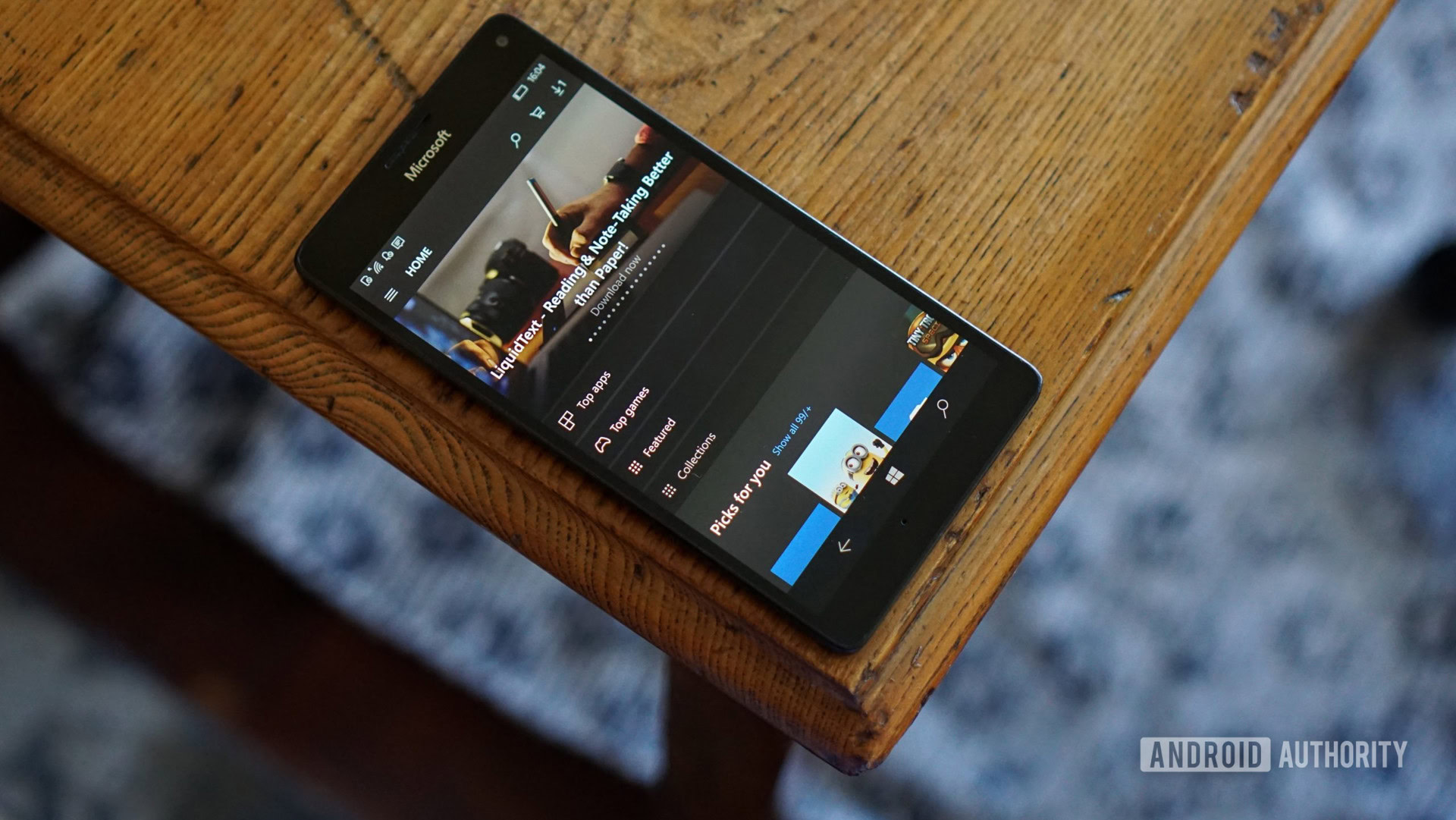
Perhaps the biggest stumbling block was the lackluster app store and software portfolio compared to Google and Apple’s storefronts. A Microsoft executive previously explained that the company tried everything from paying for apps to developing apps on behalf of others, but that it still couldn’t narrow the app gap to the big two players. The situation could’ve perhaps been alleviated by implementing Android app support, but this was nixed from the final release, despite beta versions supporting the functionality.
More on Windows Phone: Did you know Windows 10 Mobile (almost) supported Android apps?
This app store issue was undoubtedly exacerbated by Google’s refusal to develop apps for the platform since the Windows Phone 7 days. Microsoft went so far as to develop its own YouTube app, only for Google to threaten legal action and force Microsoft to pull it.
Apps make the platform and Microsoft simply couldn't catch up with Apple and Google.
One major issue with Windows 10 Mobile, in particular, was simply the lack of polish in the months following its release. Some issues like the Windows Store’s buggy and laggy interface and an issue with the moment capture camera mode weren’t addressed for months after launch. In fact, the Windows Store isn’t without its glitches and/or quirks today. For example, it still promotes Game Pass even though it’s not on the platform and incorrectly marks desktop apps as mobile-friendly.
Another notable hurdle the platform couldn’t overcome was the decline in OEM support. By the time of Windows 10 Mobile’s release, only Microsoft itself, HP, Alcatel, and Acer were building handsets.
What’s it like in 2022?
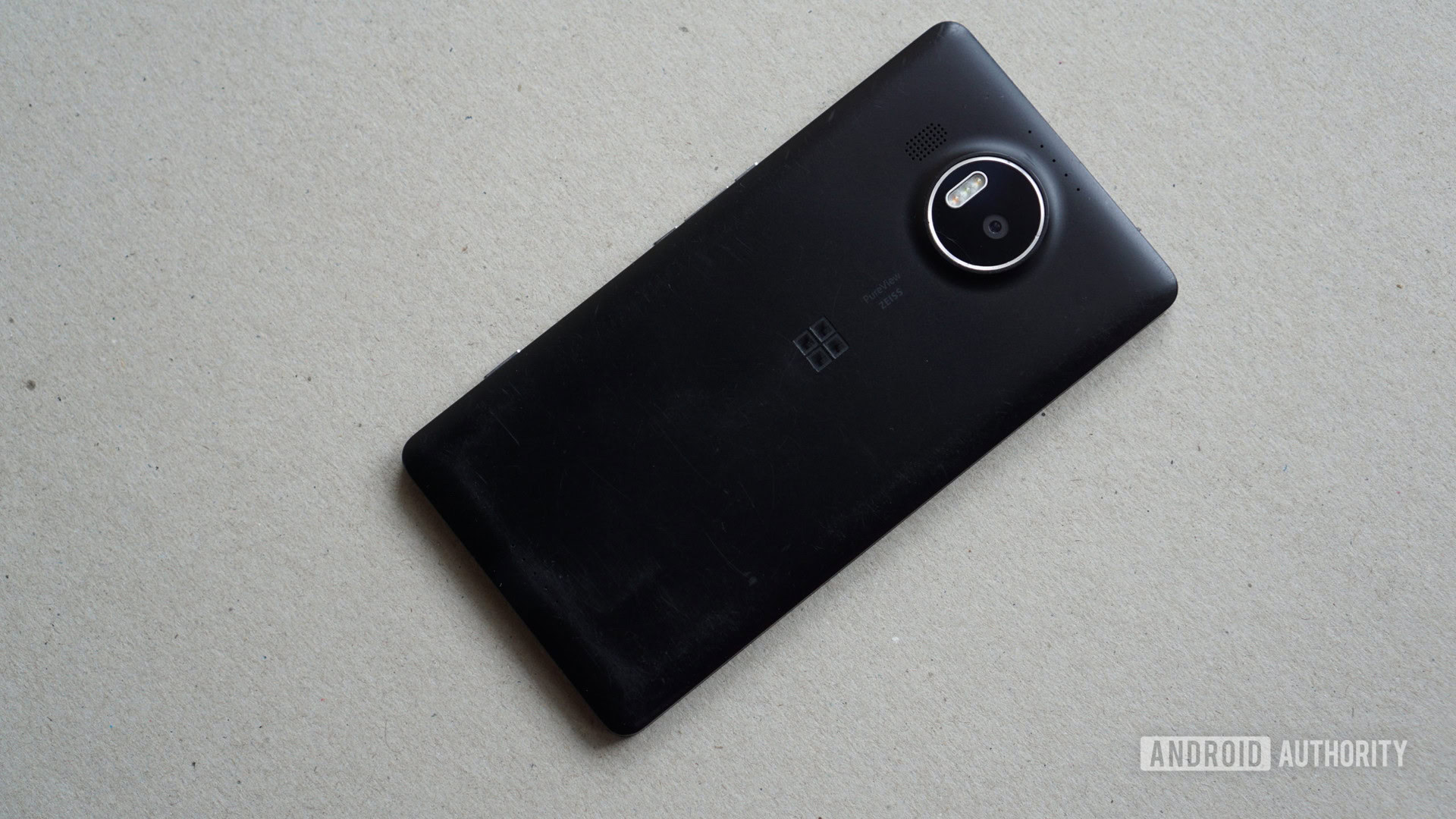
Anyone using a Windows 10 Mobile device in 2022 will have several challenges to overcome. For starters, Microsoft has abandoned the platform and halted all updates for it, meaning that security fixes and version updates are out of the window. You’ll also need to make sure you have a 4G device, as 3G shutdowns in some markets mean a 3G device is left without cellular connectivity. But all the usual bells and whistles still work on the Lumia 950 XL flagship that I recently took for a spin. Phone calls, texts, web browsing, and (most) apps run just fine, and the UI is still functional too.
Related: The rise and fall of some of Android’s biggest rivals over the past decade
Thankfully, the app store is still available, but it’s devoid of most big-name apps such as Instagram, WhatsApp, and various banking apps. A few exceptions include Slack (labeled Slack Beta) and an unofficial TikTok app dubbed 6Tik from long-time developer Rudy Huyn. But you can forget about Google Maps, Google Photos, and other Mountain View apps that we’ve come to rely on.
The last Windows 10 Mobile flagship still supports phone calls, texts, and apps. But the app store is pretty barren today, while the web browser is obsolete.
This wouldn’t be so bad if the web browser was modern, but the Edge browser lacks some important features like comprehensive support for progressive web apps, which would’ve helped address the lack of apps in a major way. Switching to a different browser won’t guarantee different results, as all browsers on the platform use the same engine. And no, Wordle doesn’t work on this browser.
More than just a failed Android rival?
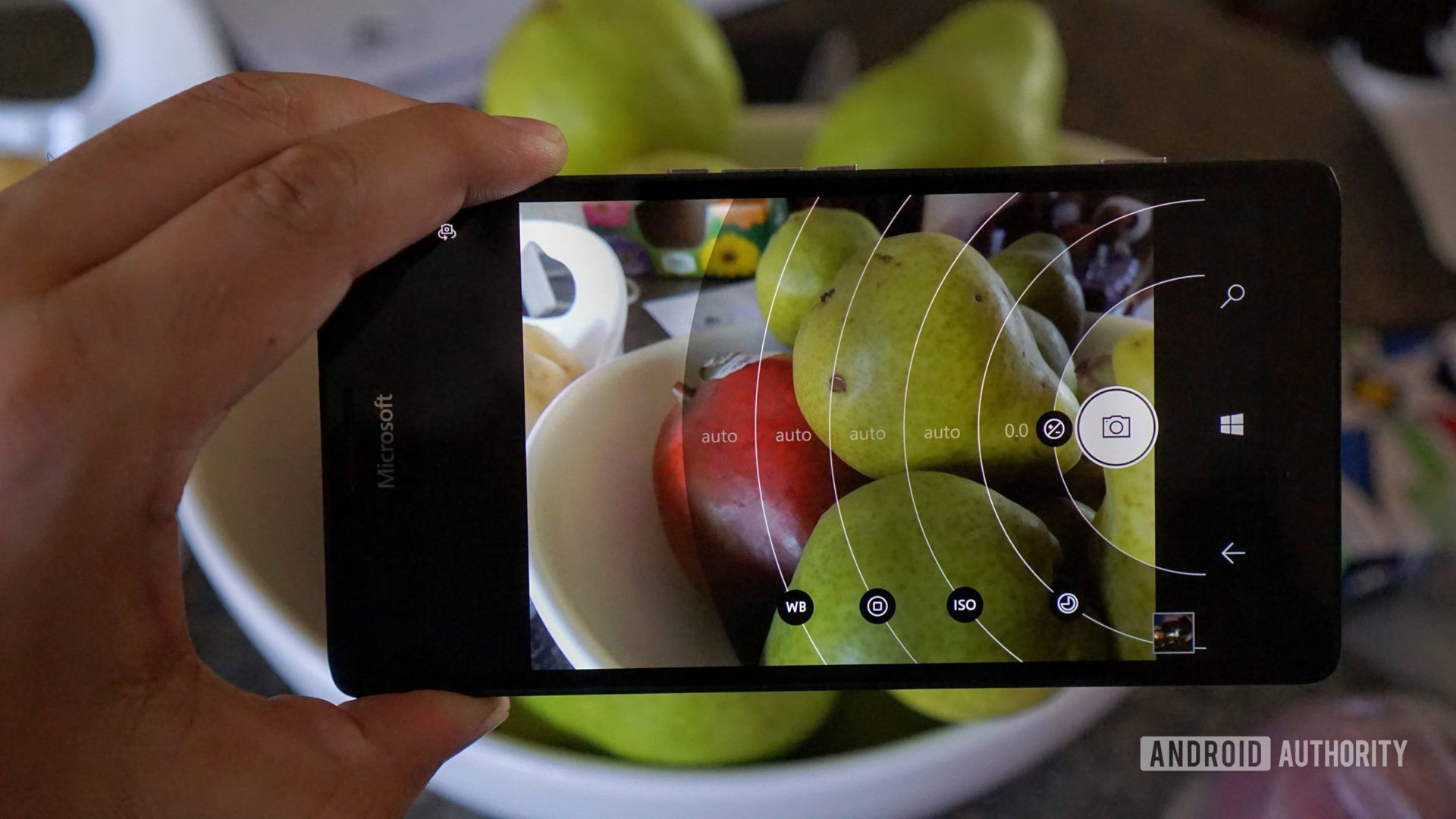
It goes without saying that Windows 10 Mobile didn’t ultimately work out, and it’s been abandoned for a while now. But the platform and its predecessors certainly made a splash on the modern smartphone industry at large.
Many camera features first introduced by Microsoft’s mobile platforms were eventually adopted by Android and OEMs. This includes manual camera controls, cinemagraphs, refocusing/selective focus, color pop functionality, living images/motion photos, automatic picture backups, and RAW capture. Other features popularized by Windows Phone platforms and subsequently appearing on Android devices include a modern desktop mode, comprehensive offline map support, and full-fledged microSD card support.
Windows 10 Mobile and Windows Phone are effectively dead, but they still brought a ton of features we take for granted on Android and iOS today.
Windows 10 Mobile, in particular, wasn’t perfect at the time, though, owing to the lack of apps and buggy software. But for all the downsides of the platform, revisiting it today is a reminder that there can be more to smartphones than endless rows of icons.
Microsoft has since returned to the mobile arena with 2020’s Surface Duo and 2021’s Surface Duo 2, making for sharp departures from typical phones thanks to the dual-screen approach. And with news of the company doubling down on Android, you shouldn’t expect Windows 11 to officially come to smartphones any time soon.